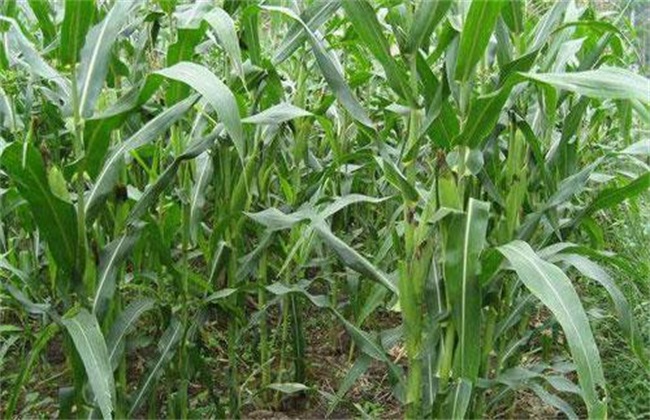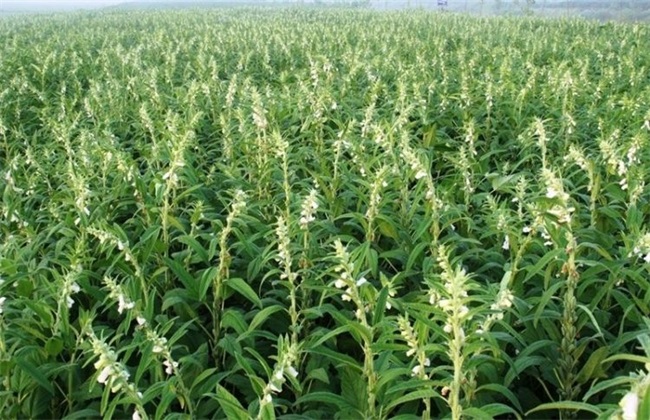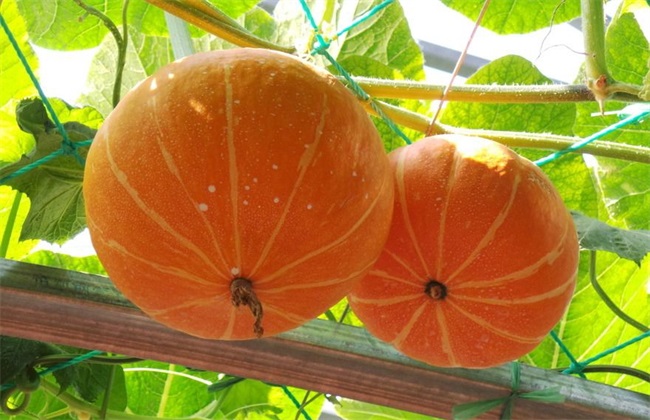How to manage the filling period of corn? Key points of Maize filling period Management
Corn is a kind of food crop that we often eat in our life, and it has a very large market demand and planting area in our country. When planting corn, we should pay attention to the management work, and adjust the management methods reasonably according to the growing period of corn. Among them, management is particularly important during the filling period. So how to manage the filling period of corn? The following editor brings you the key points of corn filling period management, let's have a look!

1. Water and fertilizer management
After the corn enters the heading stage, in general, the base fertilizer previously applied in most plots has been exhausted. At this time, in order to ensure the quality of grain filling and grain, nitrogen fertilizer should be applied properly to avoid premature senescence and increase grain weight. Then during the growing period of corn, we should not meet the needs of corn and nitrogen, phosphorus and potassium fertilizer, but also apply trace elements such as boron properly. Proper watering during the filling period is the key to ensure a good harvest of corn, but watering should not be too much, so it is necessary to do a good job of drainage to avoid excessive watering leading to the phenomenon of green and late ripening of corn.
2. Cultivate the soil by ploughing.
In the middle and later stage of maize growth, if it is not managed properly, then lodging is very easy to occur, which has a great impact on the yield of maize. Therefore, in the late filling period, it is necessary to do a proper shallow ploughing to loosen the soil and weed, so as to improve the soil permeability and the ability to preserve soil moisture. And it can also accelerate the decomposition of nutrients and promote the growth of roots. And proper cultivation of soil can also effectively prevent the lodging of corn, the height of cultivation should be maintained at about 8 cm, promote the growth of aerial roots, and ensure the yield.
3. Castration every other line
Diaphoresis is a basic skill that everyone needs to master when planting corn. After entering the filling stage, it is necessary to remove male flowers from two plants or two rows in the corn field, which can effectively increase the rate of cross-pollination and thus increase the yield, which is also a major measure to increase the yield of maize. In castration, when smallpox is about normal, it should be pulled out and thrown out of the sky. The effect of interplant emasculation is generally better than that of interrow emasculation, and the chance of pollination can also be improved. Then the plants on both sides of the field will not be male, but will affect pollination.
4. Pull out the empty stalk
In many cases, corn will not be able to grow corncobs because of variety, planting density, or when the roots grow two or so tillers. This is the empty stalk, and for these empty culms and tillers, we have to pull them out in time. Avoid consuming too much nutrients, improve the permeability of the field, promote the normal growth of plants, and improve the quality and yield of ears and grains. During the filling period, the goal is to protect roots and leaves, and the harvest time can be appropriately delayed during harvest, and the purpose of increasing production can also be achieved.
The above is a brief introduction to how to manage the filling period of corn. That's all for today's introduction. This article is for reference only. I hope it can help you all.
Related
- The first cup of black tea in spring, the flavor and history of tea gardens in Kenya, Africa
- The computer can not only choose potatoes, but also grow tea rice. AI will grow winter oolong tea champion.
- It is not only the inflated tea bitten by insects, but also engraved with the four seasons tea in Beipu.
- The Oriental Beauty Tea Festival in Zhuxian County takes the stage at the weekend to experience the plus-size feast of oil tea.
- & quot; Oriental Beauty Tea & Exploration of Emei in Hsinchu, the hometown of quot;
- The new variety of strawberry "Tainong 1" dessert is the first choice with mellow aroma. Crimson gorgeous
- History of Tea in Taiwan: from Wild Inner Mountain to Export Tea Garden
- Two types of Taiwan Oriental Beauty Black Tea won the British three-Star Award for Childhood Tea Xiang Zhang Jiaqi changed from pilot to champion tea maker.
- Banana species and varieties: the planting history of Taiwan Xianren banana and dwarf banana is long, is banana disease resistant?
- Coffee planting Technology: Qianjie Coffee from Seedling to harvesting



